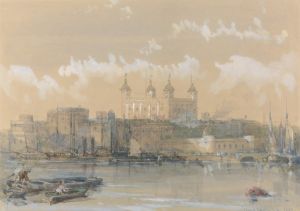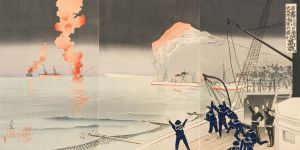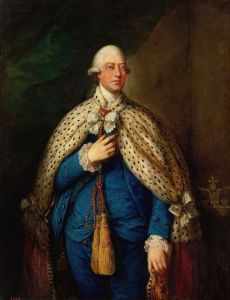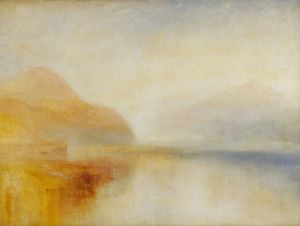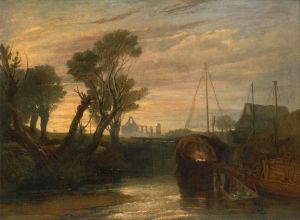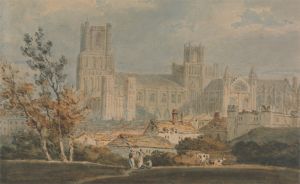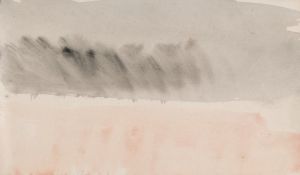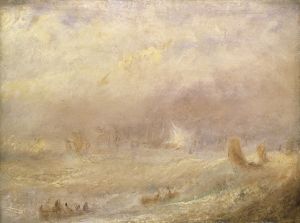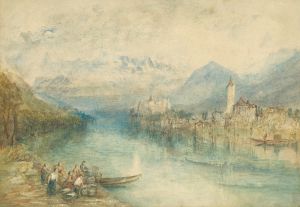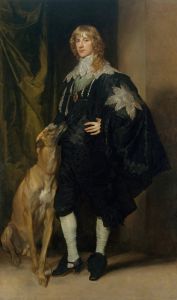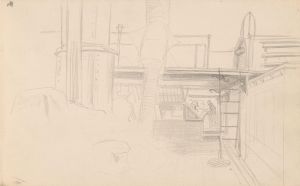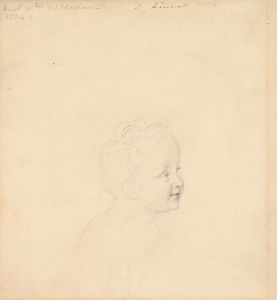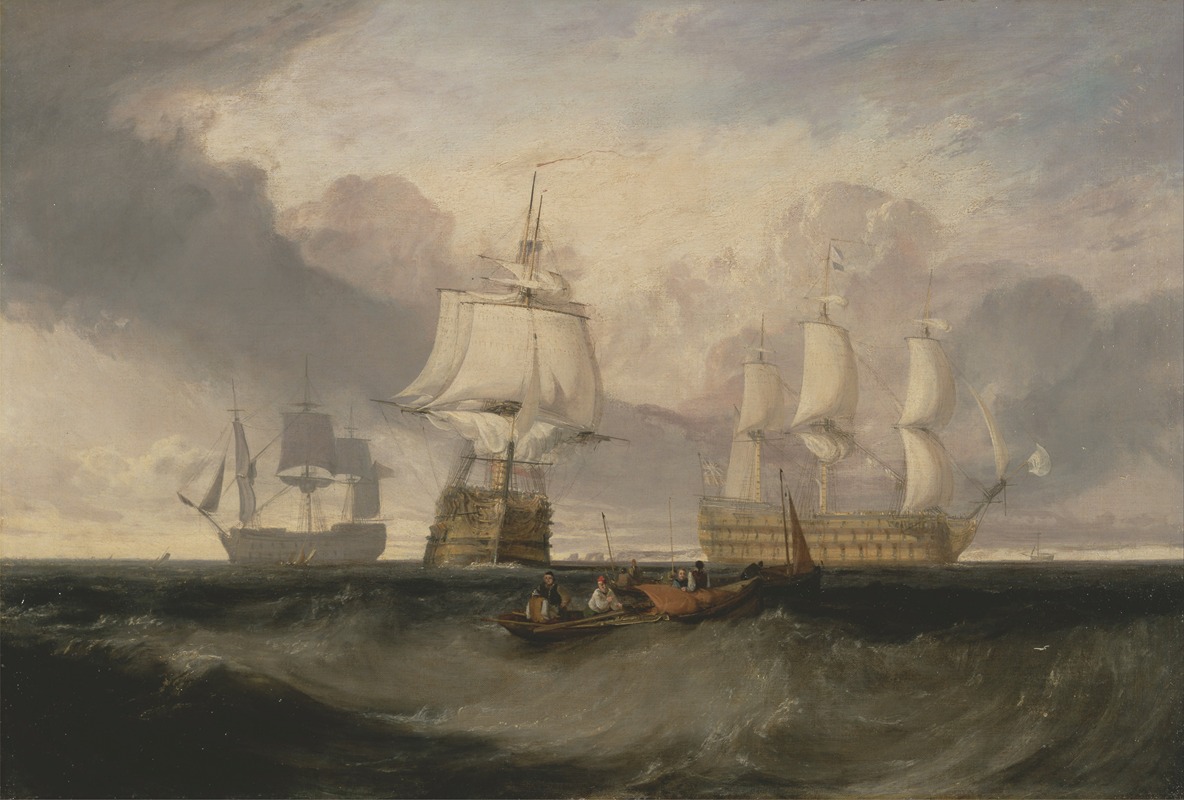
The Victory Returning from Trafalgar, in Three Positions
A hand-painted replica of Joseph Mallord William Turner’s masterpiece The Victory Returning from Trafalgar, in Three Positions, meticulously crafted by professional artists to capture the true essence of the original. Each piece is created with museum-quality canvas and rare mineral pigments, carefully painted by experienced artists with delicate brushstrokes and rich, layered colors to perfectly recreate the texture of the original artwork. Unlike machine-printed reproductions, this hand-painted version brings the painting to life, infused with the artist’s emotions and skill in every stroke. Whether for personal collection or home decoration, it instantly elevates the artistic atmosphere of any space.
Joseph Mallord William Turner, one of the most renowned British painters of the 19th century, is celebrated for his evocative landscapes and seascapes, which often capture the sublime power of nature. Among his extensive body of work is "The Victory Returning from Trafalgar, in Three Positions," a painting that reflects Turner's fascination with maritime subjects and historical events.
Turner was deeply influenced by the sea and naval history, a common theme in his work. The Battle of Trafalgar, fought on October 21, 1805, was a pivotal naval engagement during the Napoleonic Wars, where the British Royal Navy, under Admiral Lord Nelson, defeated the combined fleets of France and Spain. This victory not only established British naval supremacy but also became a symbol of national pride. Turner, known for his ability to convey emotion and drama through his art, was naturally drawn to such a significant event.
"The Victory Returning from Trafalgar, in Three Positions" depicts HMS Victory, Nelson's flagship, in three different views as it returns from the battle. This approach allows Turner to explore the ship's grandeur and the aftermath of the battle from multiple perspectives. The painting captures the essence of Turner's style, characterized by his masterful use of light and color to evoke mood and atmosphere. His technique often involved loose brushwork and a focus on the effects of light, which can be seen in the way he portrays the sea and sky surrounding the ship.
Turner's interest in the Battle of Trafalgar was not limited to this painting alone. He created several works related to the event, each offering a unique interpretation of the battle and its significance. His paintings often went beyond mere representation, aiming to evoke the emotional and psychological impact of historical events. In "The Victory Returning from Trafalgar, in Three Positions," Turner captures not just the physical presence of the ship but also the sense of triumph and the somber reality of war, as the ship returns with its crew, having lost their leader, Nelson, who died during the battle.
The painting is a testament to Turner's ability to blend historical narrative with his innovative artistic style. His work often challenged traditional approaches to painting, paving the way for future movements such as Impressionism. Turner's influence on the art world is profound, and his maritime paintings, in particular, continue to be celebrated for their dynamic compositions and emotional depth.
While specific details about the creation and current location of "The Victory Returning from Trafalgar, in Three Positions" may not be extensively documented, Turner's legacy as a master of capturing the interplay between nature, history, and emotion remains undisputed. His works, including this painting, offer a window into the past, allowing viewers to experience the power and majesty of historical events through the eyes of one of Britain's greatest artists.





